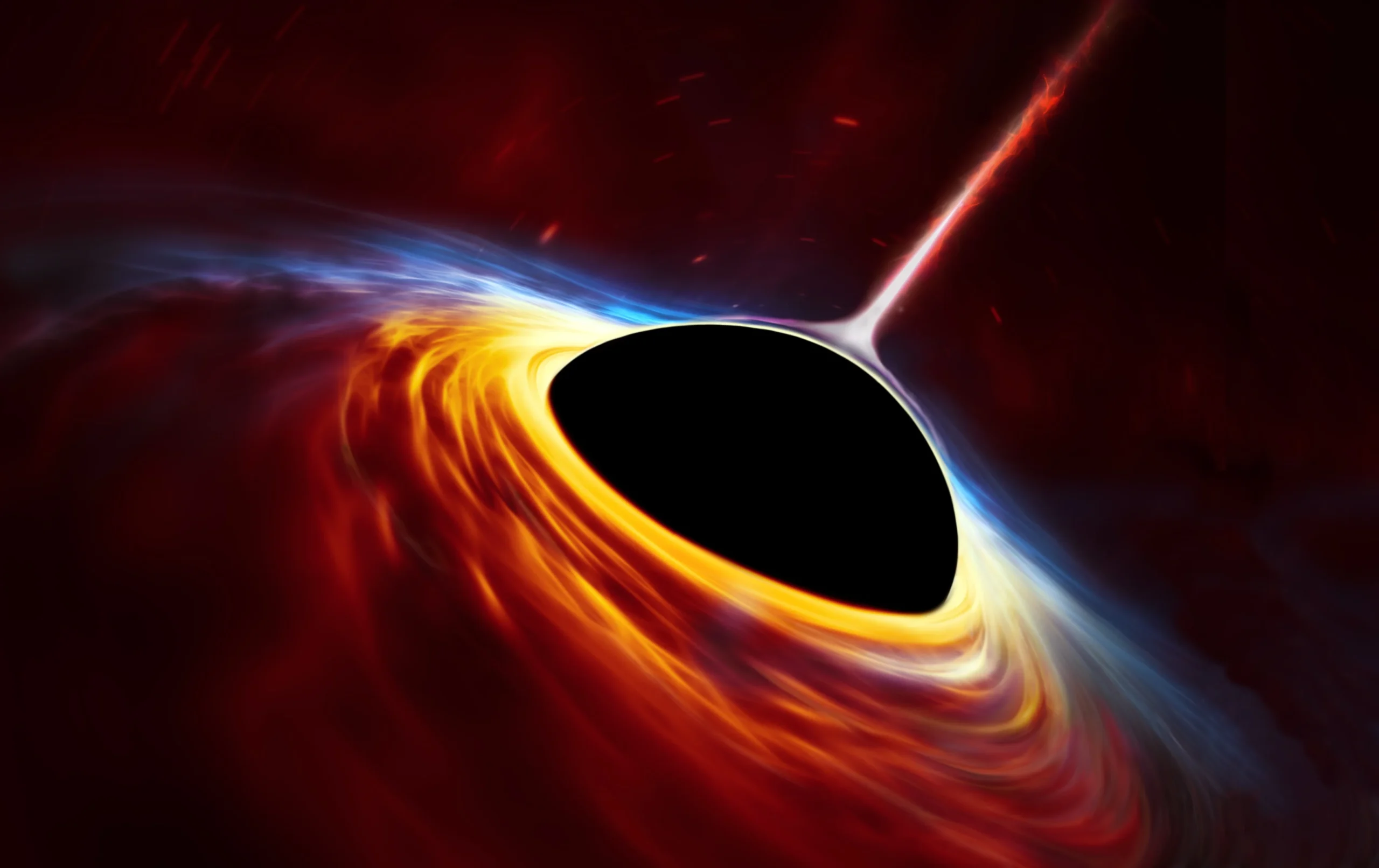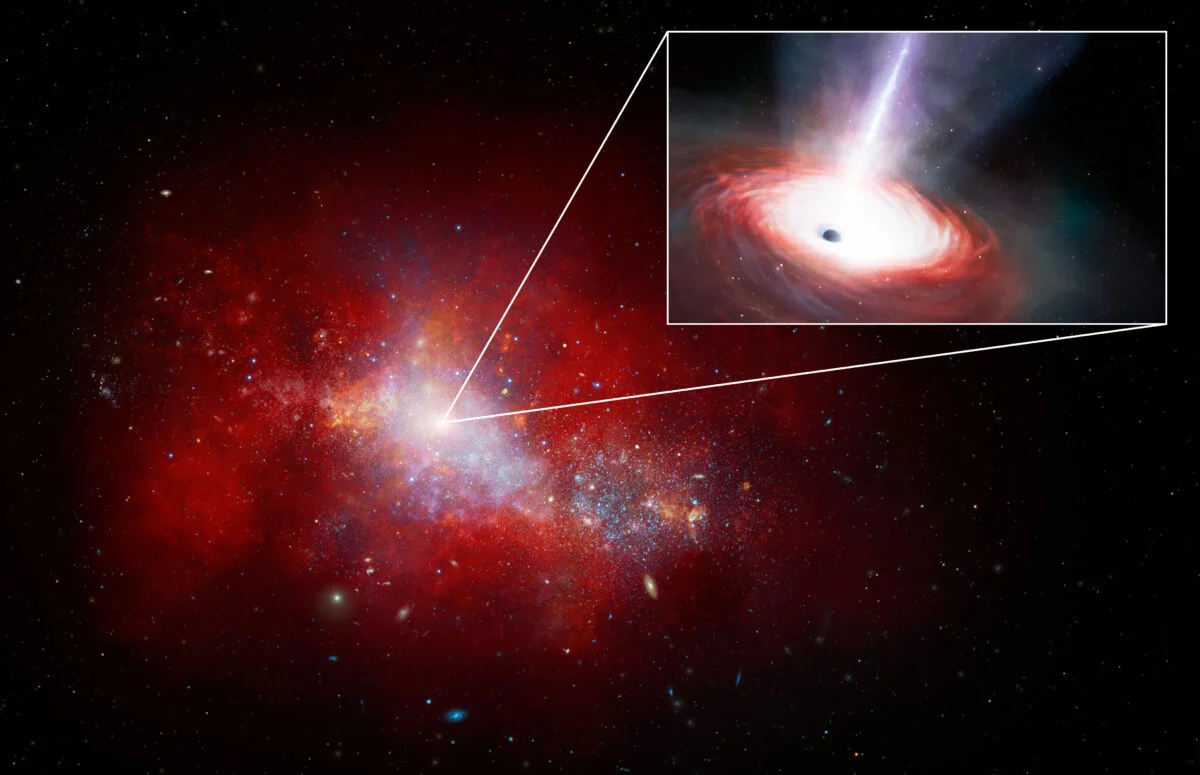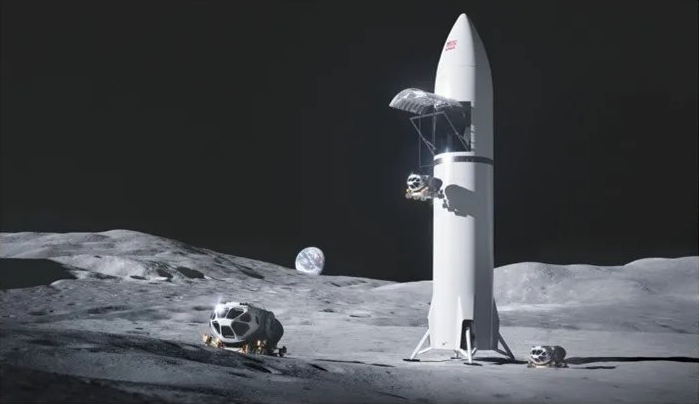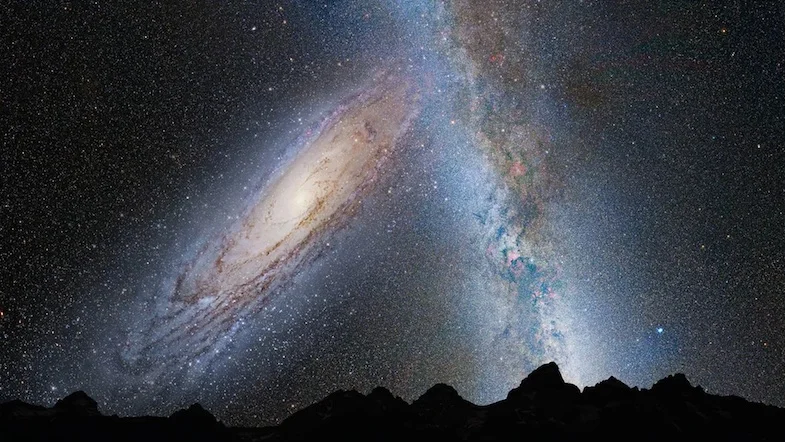
The Art of Finding Black Holes: Insights from an Astronomer
- Exotic objects
- September 21, 2024
- 1312
In the vast cosmos, black holes stand out as some of the most mysterious and fascinating objects. Despite their captivating nature, detecting them presents a unique challenge: black holes are, by definition, invisible. Their gravity is so immense that not even light can escape, rendering them “black” against the backdrop of space. Yet, astronomers have devised ingenious methods to reveal their presence through their interactions with nearby objects.
Why Are Black Holes So Difficult to Detect?
Black holes betray their existence through their influence on their surroundings. For example, the supermassive black hole at the center of our galaxy, Sagittarius A* (Sgr A*), was inferred by observing stars in rapid orbits around an unseen mass. This discovery, along with the remarkable first image of Sgr A* by the Event Horizon Telescope, has demonstrated the power of indirect observation.
However, the hunt becomes more challenging for smaller black holes, especially those in binary systems or entirely isolated. Some black holes, like Cygnus X-1, reveal themselves through the bright X-ray emissions generated by accreting material from a stellar companion. But what happens when black holes are dormant or lack a companion entirely?
Gaia’s Revolutionary Role
Enter the European Space Agency’s Gaia satellite, a game-changer in the search for hidden black holes. Launched in 2013, Gaia’s astrometric precision allows astronomers to measure the positions and motions of billions of stars with incredible accuracy. Its data enables researchers to identify stars exhibiting a “wobble” caused by an unseen companion—often a black hole.
In June 2022, Gaia’s third data release (DR3) allowed astronomer Kareem El-Badry to identify two stars with such wobbles. Follow-up analysis revealed that these stars were orbiting dormant black holes, making them the closest black holes ever detected to Earth: Gaia BH1 and Gaia BH2.
A New Type of Black Hole
- Gaia BH1: This black hole, located 1,560 light-years away, is about ten times the mass of the Sun. It orbits its Sun-like companion every six months. What makes Gaia BH1 extraordinary is its lack of accretion, setting it apart from previously known black holes in binary systems.
- Gaia BH2: Found 3,800 light-years away, this system includes a black hole and a red giant companion. The star’s strong stellar wind suggests potential accretion, but so far, no emissions have been detected, hinting at a truly dormant black hole.
These discoveries are reshaping our understanding of black holes, particularly dormant ones that had previously eluded detection.
Implications and Future Discoveries
The identification of these dormant black holes suggests there may be millions of similar objects silently roaming the galaxy. However, isolated black holes—those without companions—remain even more elusive, as they lack detectable interactions with their environment. Despite this, Gaia’s future data releases are expected to unveil more members of this hidden population, revolutionizing our knowledge of black holes and their formation.
Black Holes: Misunderstood Giants
One common misconception is that black holes “suck” everything around them. In reality, their gravitational pull is no different from that of any other object of the same mass. For instance, if our Sun were replaced by a black hole of equal mass, Earth would continue orbiting it undisturbed. The key is proximity—only objects that venture too close risk being pulled in.
Conclusion
Gaia’s contributions have opened a new chapter in black hole astronomy, enabling the detection of dormant black holes that were previously invisible. As technology and datasets advance, astronomers stand on the brink of discovering an entirely new family of black holes, expanding our understanding of these enigmatic cosmic phenomena.



